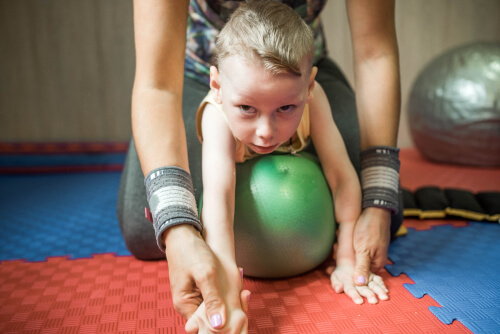
The cerebellum sits at the base of the brain. This region is responsible for regulating motor movements, controlling balance, movement, and posture.
Patients who are dealing with cerebral palsy experience disruption in the sensory signals reaching the brain, resulting in abnormal reflexes and movements, as well as issues with controlling eye movement and balance.
Cerebral palsy affects each patient differently, with some experiencing a total loss of movement in the lower body, while others experience cognitive issues such as intellectual disabilities and epilepsy. CP is a congenital condition that occurs in the womb before birth, with symptoms and signs first appearing in children during their preschool years.
Doctors manage cerebral palsy using medications to relax tight muscles, and therapy helps to maintain mobility in the patient. However, the drugs involved with treatment may be harsh on the liver, and limited therapy sessions may not have the intended effect.
Here are eight ways to treat cerebral palsy at home using natural remedies.
1. Physical Therapy
Kids with cerebral palsy suffer from underdevelopment of the muscular system due to issues with the neural connections in the brain. As a result, many patients experience problems with muscular atrophy, where the legs, glutes, and hips weaken due to a lack of use.
All children with cerebral palsy require physical therapy to keep them mobile, even if they experience paralysis below the waist. Physical therapy helps to push oxygenated blood into the muscles, reducing atrophy.
Stretching and exercising with a physical therapist allows the child to benefit from support with issues like grasping objects, rolling the hips, and control of the trunk. After the first 2-years of birth, both occupational and physical therapists provide wheelchair assessments.
Some children that do not experience paralysis may still require the use of braces and splints for walking. Both occupational and physical therapists work with the child to improve their mobility and strength.



